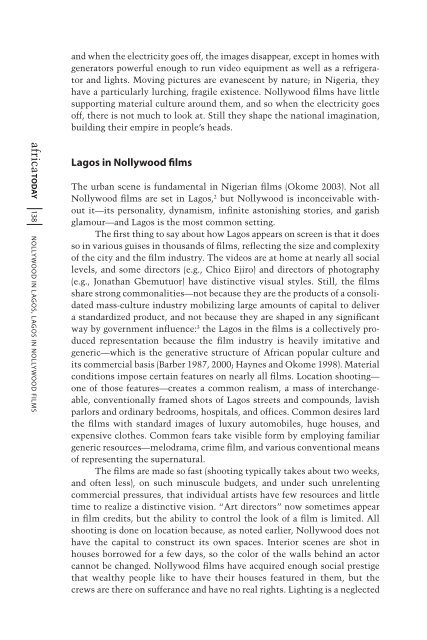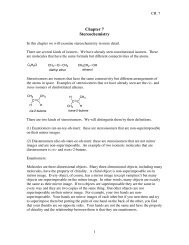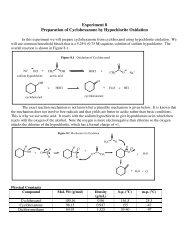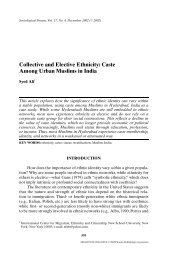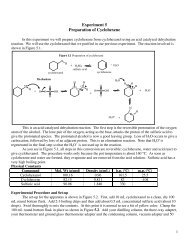Lagos is the ground of the films, not just in the sense that ... - myweb
Lagos is the ground of the films, not just in the sense that ... - myweb
Lagos is the ground of the films, not just in the sense that ... - myweb
Create successful ePaper yourself
Turn your PDF publications into a flip-book with our unique Google optimized e-Paper software.
and when <strong>the</strong> electricity goes <strong>of</strong>f, <strong>the</strong> images d<strong>is</strong>appear, except <strong>in</strong> homes withgenerators powerful enough to run video equipment as well as a refrigeratorand lights. Mov<strong>in</strong>g pictures are evanescent by nature; <strong>in</strong> Nigeria, <strong>the</strong>yhave a particularly lurch<strong>in</strong>g, fragile ex<strong>is</strong>tence. Nollywood <strong>films</strong> have littlesupport<strong>in</strong>g material culture around <strong>the</strong>m, and so when <strong>the</strong> electricity goes<strong>of</strong>f, <strong>the</strong>re <strong>is</strong> <strong>not</strong> much to look at. Still <strong>the</strong>y shape <strong>the</strong> national imag<strong>in</strong>ation,build<strong>in</strong>g <strong>the</strong>ir empire <strong>in</strong> people’s heads.africa today 138 Nollywood <strong>in</strong> <strong>Lagos</strong>, <strong>Lagos</strong> <strong>in</strong> Nollywood Films<strong>Lagos</strong> <strong>in</strong> Nollywood <strong>films</strong>The urban scene <strong>is</strong> fundamental <strong>in</strong> Nigerian <strong>films</strong> (Okome 2003). Not allNollywood <strong>films</strong> are set <strong>in</strong> <strong>Lagos</strong>, 2 but Nollywood <strong>is</strong> <strong>in</strong>conceivable withoutit—its personality, dynam<strong>is</strong>m, <strong>in</strong>f<strong>in</strong>ite aston<strong>is</strong>h<strong>in</strong>g stories, and gar<strong>is</strong>hglamour—and <strong>Lagos</strong> <strong>is</strong> <strong>the</strong> most common sett<strong>in</strong>g.The first th<strong>in</strong>g to say about how <strong>Lagos</strong> appears on screen <strong>is</strong> <strong>that</strong> it doesso <strong>in</strong> various gu<strong>is</strong>es <strong>in</strong> thousands <strong>of</strong> <strong>films</strong>, reflect<strong>in</strong>g <strong>the</strong> size and complexity<strong>of</strong> <strong>the</strong> city and <strong>the</strong> film <strong>in</strong>dustry. The videos are at home at nearly all sociallevels, and some directors (e.g., Chico Ejiro) and directors <strong>of</strong> photography(e.g., Jonathan Gbemutuor) have d<strong>is</strong>t<strong>in</strong>ctive v<strong>is</strong>ual styles. Still, <strong>the</strong> <strong>films</strong>share strong commonalities—<strong>not</strong> because <strong>the</strong>y are <strong>the</strong> products <strong>of</strong> a consolidatedmass-culture <strong>in</strong>dustry mobiliz<strong>in</strong>g large amounts <strong>of</strong> capital to delivera standardized product, and <strong>not</strong> because <strong>the</strong>y are shaped <strong>in</strong> any significantway by government <strong>in</strong>fluence: 3 <strong>the</strong> <strong>Lagos</strong> <strong>in</strong> <strong>the</strong> <strong>films</strong> <strong>is</strong> a collectively producedrepresentation because <strong>the</strong> film <strong>in</strong>dustry <strong>is</strong> heavily imitative andgeneric—which <strong>is</strong> <strong>the</strong> generative structure <strong>of</strong> African popular culture andits commercial bas<strong>is</strong> (Barber 1987, 2000; Haynes and Okome 1998). Materialconditions impose certa<strong>in</strong> features on nearly all <strong>films</strong>. Location shoot<strong>in</strong>g—one <strong>of</strong> those features—creates a common real<strong>is</strong>m, a mass <strong>of</strong> <strong>in</strong>terchangeable,conventionally framed shots <strong>of</strong> <strong>Lagos</strong> streets and compounds, lav<strong>is</strong>hparlors and ord<strong>in</strong>ary bedrooms, hospitals, and <strong>of</strong>fices. Common desires lard<strong>the</strong> <strong>films</strong> with standard images <strong>of</strong> luxury automobiles, huge houses, andexpensive clo<strong>the</strong>s. Common fears take v<strong>is</strong>ible form by employ<strong>in</strong>g familiargeneric resources—melodrama, crime film, and various conventional means<strong>of</strong> represent<strong>in</strong>g <strong>the</strong> supernatural.The <strong>films</strong> are made so fast (shoot<strong>in</strong>g typically takes about two weeks,and <strong>of</strong>ten less), on such m<strong>in</strong>uscule budgets, and under such unrelent<strong>in</strong>gcommercial pressures, <strong>that</strong> <strong>in</strong>dividual art<strong>is</strong>ts have few resources and littletime to realize a d<strong>is</strong>t<strong>in</strong>ctive v<strong>is</strong>ion. “Art directors” now sometimes appear<strong>in</strong> film credits, but <strong>the</strong> ability to control <strong>the</strong> look <strong>of</strong> a film <strong>is</strong> limited. Allshoot<strong>in</strong>g <strong>is</strong> done on location because, as <strong>not</strong>ed earlier, Nollywood does <strong>not</strong>have <strong>the</strong> capital to construct its own spaces. Interior scenes are shot <strong>in</strong>houses borrowed for a few days, so <strong>the</strong> color <strong>of</strong> <strong>the</strong> walls beh<strong>in</strong>d an actorcan<strong>not</strong> be changed. Nollywood <strong>films</strong> have acquired enough social prestige<strong>that</strong> wealthy people like to have <strong>the</strong>ir houses featured <strong>in</strong> <strong>the</strong>m, but <strong>the</strong>crews are <strong>the</strong>re on sufferance and have no real rights. Light<strong>in</strong>g <strong>is</strong> a neglected


